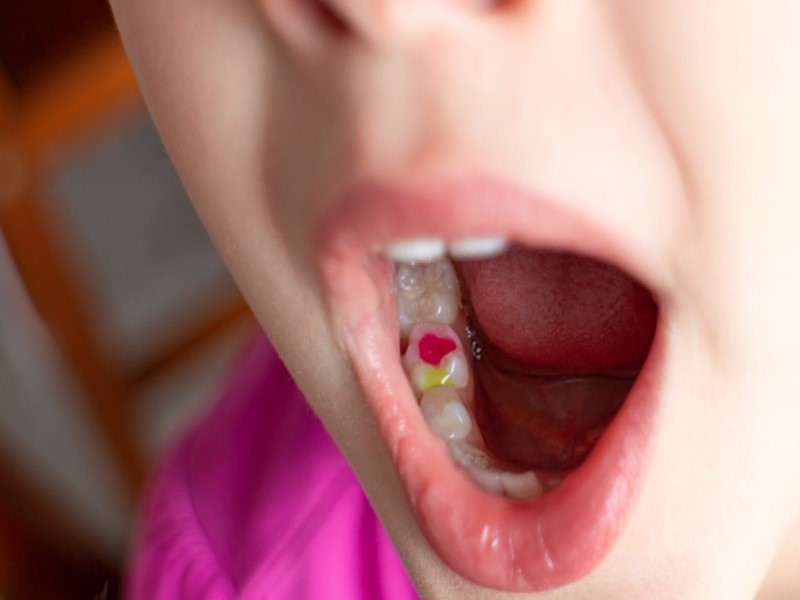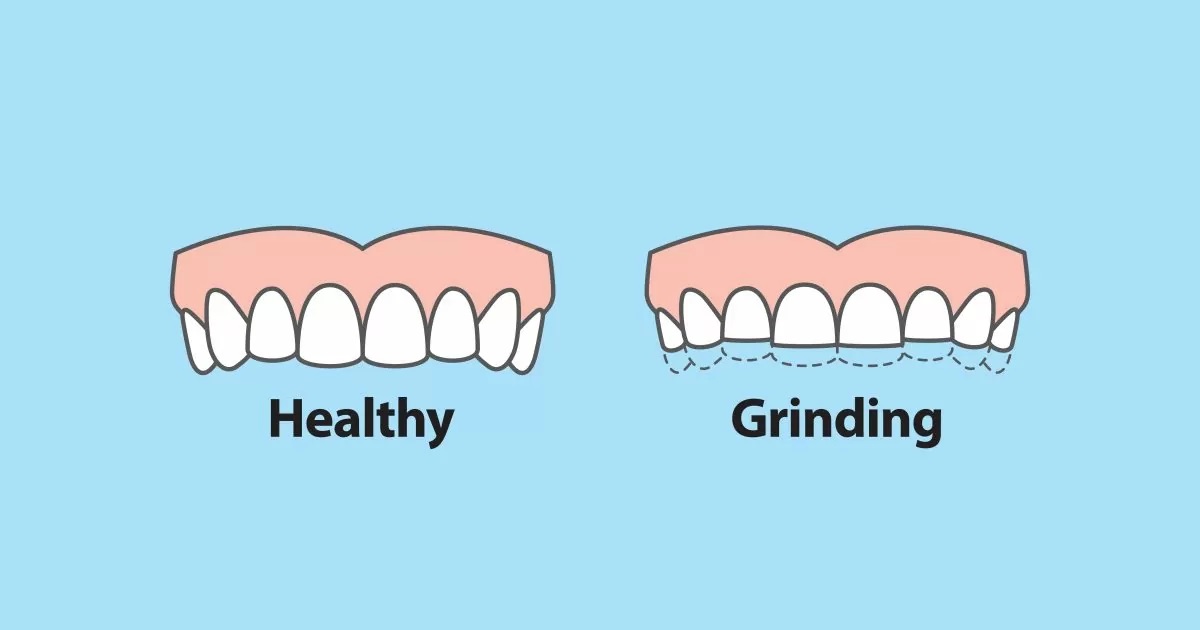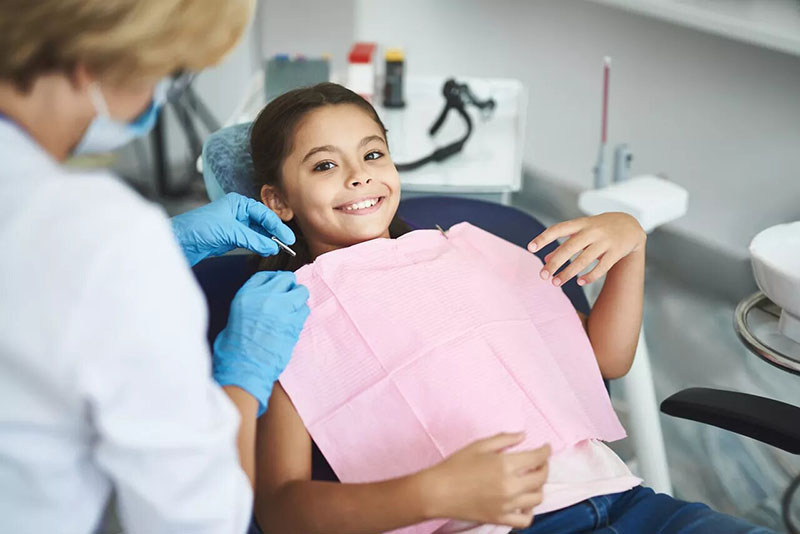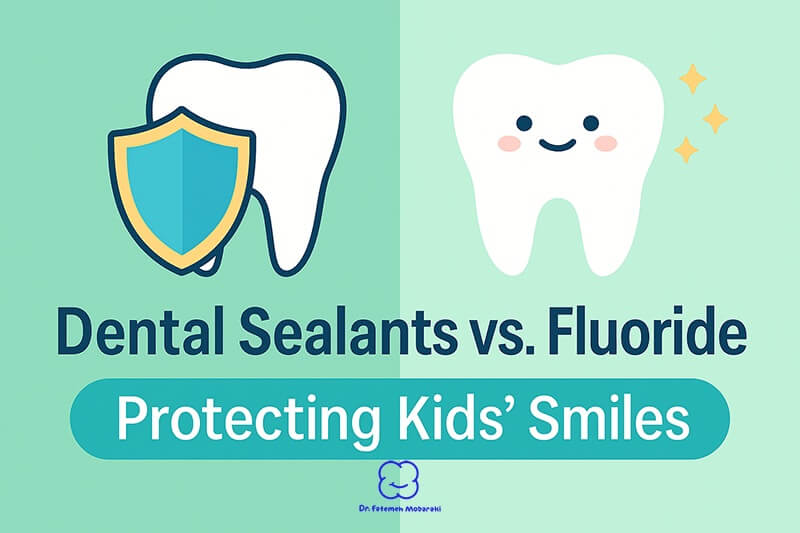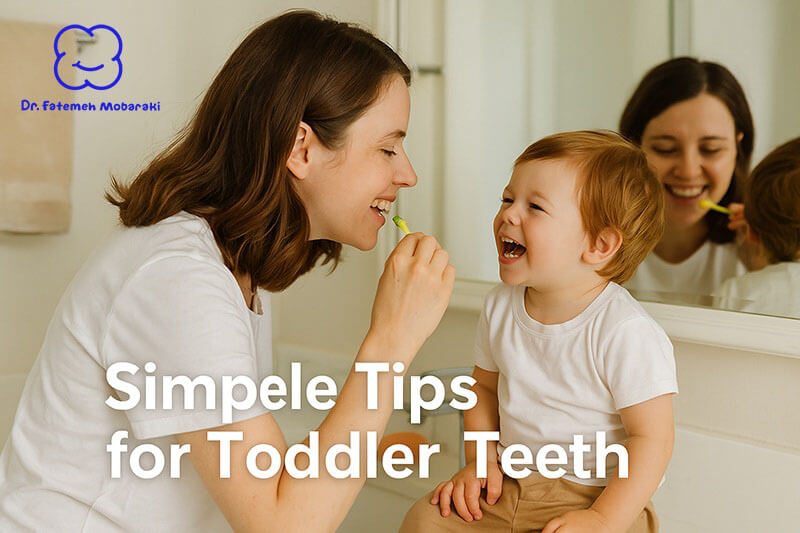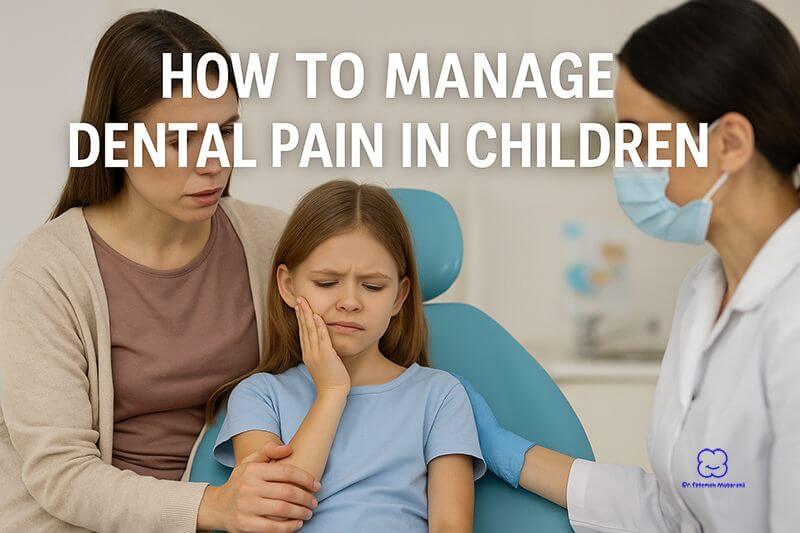Baby teeth filling vs crown
Tooth decay, the most ubiquitous chronic childhood illness, is a growing concern with the National Institute of Dental and Craniofacial Research reporting as many as 42% of children aged two to eleven suffer from cavities. However, detecting cavities at an early stage can make treating these dental issues much simpler. Parents usually wonder which treatment is better for their dear ones: baby teeth filling vs crown? Here is a full guide for this question.
What Is Teeth Filling?
Teeth filling, also known as dental restoration, is a process used to address damage to teeth caused by cavities, fractures, or other decay. The dentist will remove the infected or damaged area of the tooth before filling in the void with a composite resin or amalgam, fundamentally restoring the tooth’s structure and shape.
This helps to prevent further damage from occurring and returns the needed functionality to the tooth.
Advantages and Disadvantages of Filling
Baby teeth filling, like every treatment has its own advantages and disadvantages that we’re going to delve into them here.
Advantages of Dental Fillings
Some of the advantages are as follows:
1.Minimally Invasive
Dental fillings involve the removal of only the decayed portion of the tooth and then the insertion of a tooth-colored material, such as composite resin. This is much less intrusive than having to undergo dental crowns.
2.Cost-effective Treatment
Dental fillings are typically economical in comparison to dental crowns. While the price may vary depending on the size of the filler and the complexity of the procedure, they will generally be far more affordable.
3.Time-efficient
Dental fillings do not require extensive preparation and customization as the dental crowns process usually does, and can typically be completed in just one dental appointment.
4.Versatility
Dental fillings are perfect for tackling small cavities and minor tooth repairs, making them an ideal choice for treating slightly damaged teeth. In the baby teeth filling vs crown battle, teeth filling is the winner so far!
Disadvantages of Dental Fillings
The drawbacks of dental filling include:
1.Inferior Protection
Dental fillings may not afford the same amount of protection as dental crowns, particularly for larger cavities or more extensive tooth damage. They might be more practical for smaller decayed portions.
2.Short-Lived Effects
After a certain duration, dental fillings may need to be substituted, potentially necessitating extra dental visits and costs.
3.Sub-Par Aesthetics
While tooth-colored fillings blend with the tooth’s natural hue, they might not be as visually pleasing as dental crowns which are specifically crafted to replicate the surrounding teeth more accurately.
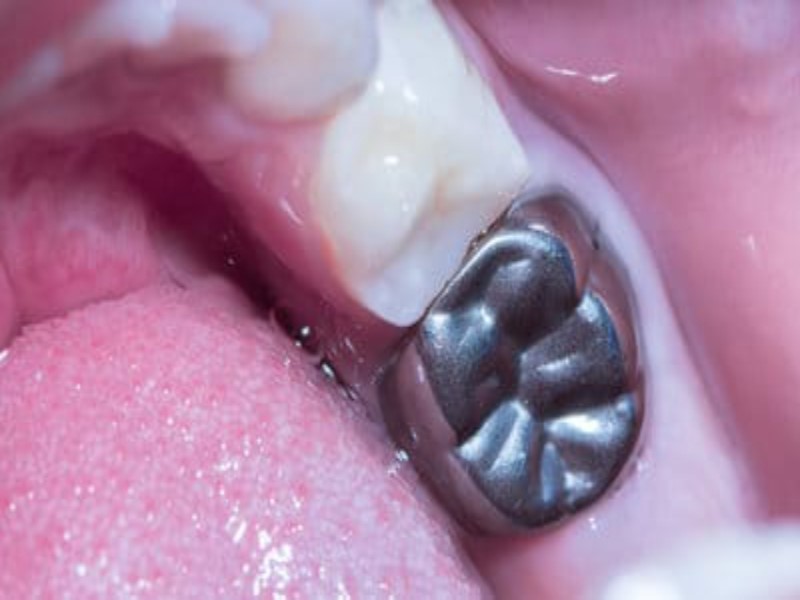
What Is a Teeth Crown?
Crowns, dental caps affixed over damaged or weakened teeth, are a helpful way to restore the shape, size, strength, and aesthetics of a damaged tooth. When a tooth is too decayed, cracked, or otherwise weakened for a filling, they become an ideal option. A crown covers the entirety of the visible area of the tooth, protecting and reinforcing it from further damage. Porcelain, ceramic, or metal alloys are often used to craft the custom-fit crown so it blends seamlessly with the rest of the teeth.
Advantages and Disadvantages of Crown
To better understand the difference between baby teeth filling vs crowns, the advantages and disadvantages of dental crowns should also be considered.
Advantages of Dental Crowns
The good things about dental crown for babies are:
1.Protection
Offering a shield of significant convenience, dental crowns provide safety to teeth that are vulnerable, fractured, or plagued by harm. Acting as a shield, they loom over the tooth’s structure, blocking further harm, and preserving physical composition.
2.Restoration of Function
As part of the protective purpose, dental crowns restore the ability of a tooth to bite and chew with ease. With a restored, proper oral function, an improved operation of teeth is achieved.
3.Aesthetics
Compared with teeth filling, the custom-made crowns enhance the shape, size, and color of a tooth, blending seamlessly and undetectably with the surrounding ones.
4.Durability
Stubborn in strength and crafted from materials such as porcelain, ceramic, or metal alloys, these crowns stand the test of time and can keep up with hard-to-handle biting and chewing.
5.Long-Term Solution
An effective measure for severe problems, such as tooth decay or irreversible damage, dental crowns, offer a long-term solution that, with regular dental maintenance, can last a lifetime.
Disadvantages of Dental Crowns
Dental crown has also some adverse effects that includes:
1.More Invasive
The process of obtaining a dental crown is more intrusive than a dental filling, as a significant portion of the tooth must be carved away to make space for the crown.
2.Cost and Two-step Process
The dental crown procedure often costs more than fillings and is a two-step process requiring two visits to the dentist. First, the tooth is contoured and impressions are created, and a temporary crown is put in place until the permanent one is ready. The second visit entails the remotion of the temporary crown and replacement with the permanent one.
Which One Is Better? Filling or Crown?
When choosing between a baby teeth filling vs crown, the condition of the tooth and the recommendation of the dentist are two major factors to consider. There are distinct advantages and disadvantages of each treatment, but the best decision is dependent on the child’s unique needs.
When a cavity or minor damage to the tooth calls for treatment, a filling may be the right option. This procedure is usually less invasive and quicker than a crown, and it is more affordable as well.
Crowns, on the other hand, provide more strength and protection to extensively decayed, damaged, or weakened teeth. This option not only adds more strength to the tooth but also helps improve its appearance, especially if the tooth is severely discolored or misshapen.
Ultimately, the choice between teeth filling and a crown should be made in consultation with the dentist. An experienced pediatric dentist will assess the condition of the tooth, consider the child’s oral health, and discuss the pros and cons of each option to ensure that the most appropriate choice is made.
Conclusion | Baby teeth filling vs crown
When it comes to addressing dental issues in baby teeth, the choice between a baby teeth filling vs crown is complex. Numerous factors, such as the extent of decay, location of the affected tooth, age of the child, and overall oral health, must be taken into account by dentists to determine the most suitable treatment. It is important to note that preventive measures can help lower the risk of dental Decay, including regular checkups, proper oral hygiene, and a balanced diet.

